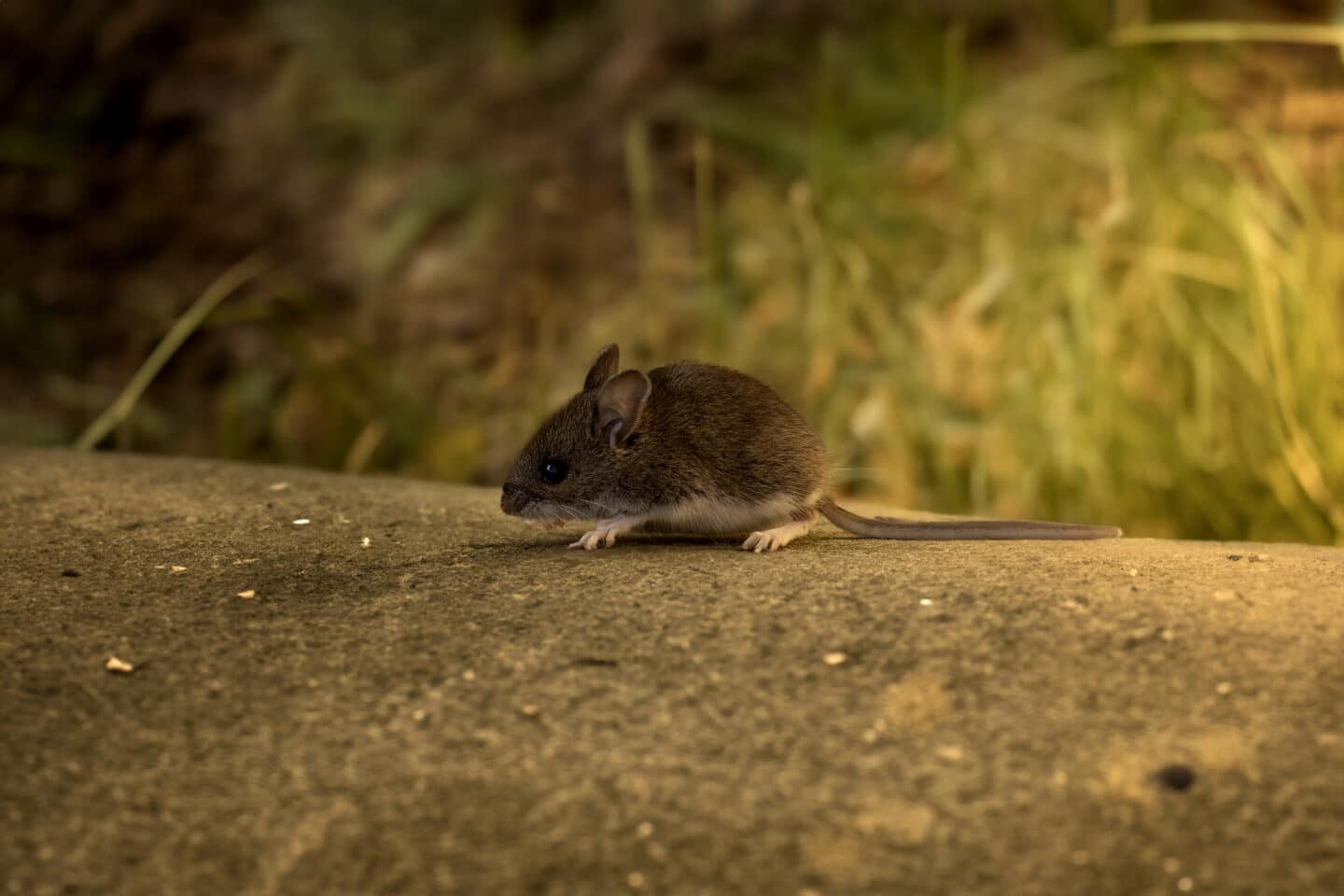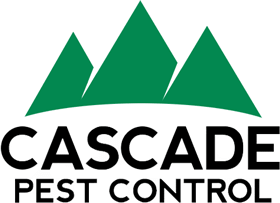Author: Kurt Treftz, Cascade Pest Control
Whiskered noses and scurrying feet are not an uncommon occurrence in our homes. And while we want our homes and businesses to remain rodent free, you don’t want the world bereft of them either. Mice play an important role in the ecosystem and if they can just stay in their lane, we can live together in harmony – hopefully.

Mice of the Pacific Northwest
There are a number of native and introduced species of mice and voles that call Washington home.
Deer mouse
The deer mouse is one of the common mice, it ranges all over the state of Washington and most of North America. It lives in all sorts of habitats including prairies, woodlands, grasslands, deserts, agricultural fields, alpine ranges, and more. Deer mice are small with dense short fur in gray to reddish brown with white underparts. They are omnivorous. They eat insects, seeds, fruits, flowers, nuts, and other plant products.
Keen’s mouse
The keen’s mouse is found in Western Washington throughout all different habitats. It is omnivorous, like the deer mouse and has a longer tail.
House mice
The house mouse is found all around the world. Wherever there are humans, there are these mice. They live in buildings, areas with good cover, and cultivated fields. They are opportunistic feeders, so if there is food available, they will eat it.
Voles
A number of vole specifies (sagebrush, gray-tailed, long-tailed, montane, creeping, & meadow) call the Pacific Northwest home. They make their homes in sagebrush, meadows, wetlands, grasslands, agricultural areas and forests. Voles eat plants and grains and are often slightly larger than their mouse cousins. They tend to have gray to black fur with short legs, short tails, and small ears.
Western & Pacific Jumping Mouse
Found in the mountains of Washington, the long-tailed Pacific jumping mouse has a dark back and golden sides. It has large feet and may drum the ground with its tail when alarmed. It lives in meadows & thickets close to streams and in meadows near coniferous forests. It subsists on plants and grains and hibernates over the winter.
Role of Mice in Northwest Forests
Keystone Prey Species
Mice and small rodents play a key role in the food cycle. They are prey to many snakes, owls, and carnivorous mammals who need this food source to survive. They are an important part of maintaining a balance in the predator-prey relationship. They can help control populations and help maintain a stable ecosystem. Biodiversity (the variety of living things & their interactions in an ecosystem) contributes to a healthy environment. Rodents play a key role in the essential web of life.
Seed Dispersal & Plant Regeneration
Rodents, like mice and voles, are vital in the health of an ecosystem through their practice of storing and collecting seeds in and near their burrows. This dispersal of seeds through an area helps to keep the ecosystem thriving.
As they spread seeds over a wider area mice are contributing to the health and diversity of their environment. As these seeds germinate around their burrows, plants regenerate and cycles of healthy forests continue.
Nutrient Cycling & Soil Aeration
As mice dig their burrows and tunnel into the ground, they are aiding the ecosystem. These tunnels increase air and water flow to the soil. This enhances soil health as it allows the needed oxygen and water to aid in decomposition. This creates a more nutrient dense soil for plants to grow.
